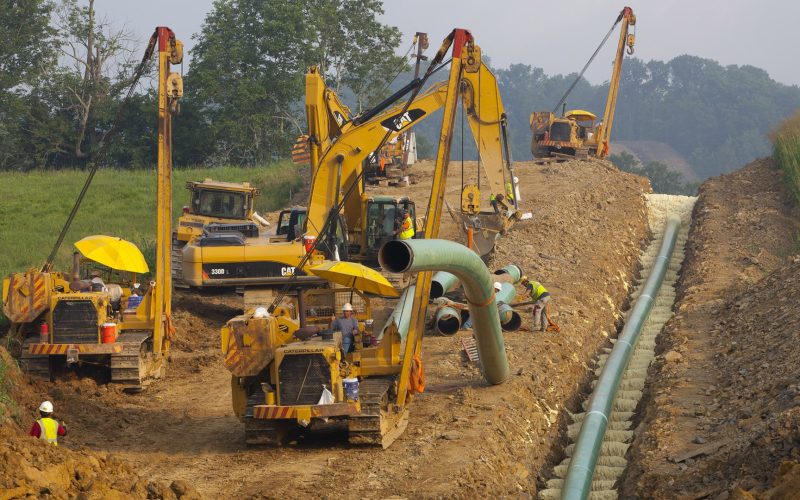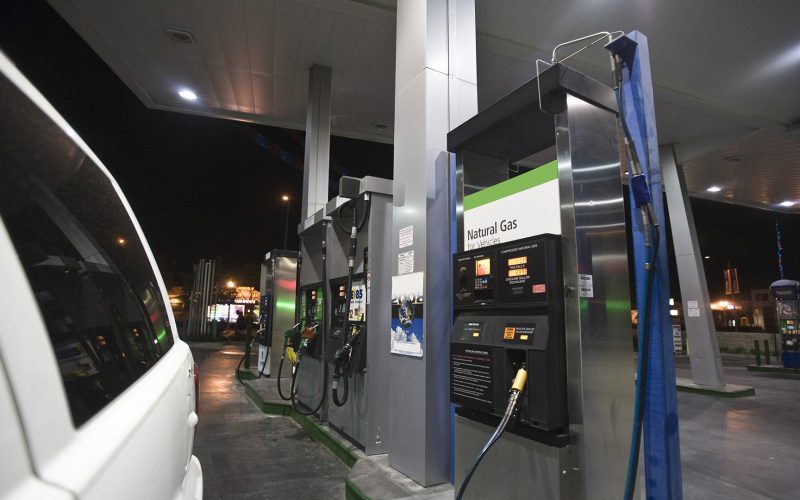THE VOICE FOR THE ENERGY CONSUMER

With coastal communities evaluating the benefits of offshore energy exploration, CEA’s Tim Page participated in the public meeting hosted by the Brunswick County Commissioners to discuss the the impact on.

With expanded offshore energy exploration proposed by the Trump Administration, CEA’s David Holt was interviewed about what energy consumers are hearing along the Atlantic. “This last election we’ve seen a.

CEA Midwest Executive Director Chris Ventura discusses how North Dakota needs to continue investing in infrastructure in order to meet future demand from consumers. Helms says the state’s existing oil.

ANCHORAGE — February 21, 2018 — Consumer Energy Alliance (CEA), a national advocate for energy consumers, and various Alaskan organizations joined together today to show support for the U.S. Department.

RICHMOND, VA — February 21, 2018 — Consumer Energy Alliance (CEA), a national advocate for energy consumers, and various Virginia organizations joined together today to show support for the U.S..

Increasing production in Texas requires more pipeline capacity to safely and efficiently transport oil and natural gas to processing plants, refiners, and energy end-users. “Louisiana continues to serve as the.

Columbia, SC – Today, Michael Whatley, Executive Vice President of Consumer Energy Alliance, a national consumer advocate, met with key local and state officials about the organization’s concerns with the.

CEA’s Brydon Ross joined WTVN’s Joel Riley to talk about the 22nd Annual Ohio Energy Management Conference and how Ohio has embraced an all-of-the-above energy policy to take advantage of.
COLUMBIA, SC — Consumer Energy Alliance (CEA), the leading national consumer advocate on energy issues, today released a statement from CEA President David Holt about the organization’s concern with recent.

As winter still grips Ohio, household heating bills are still being kept low by the natural gas produced in our state and the pipelines which safely bring it to families.